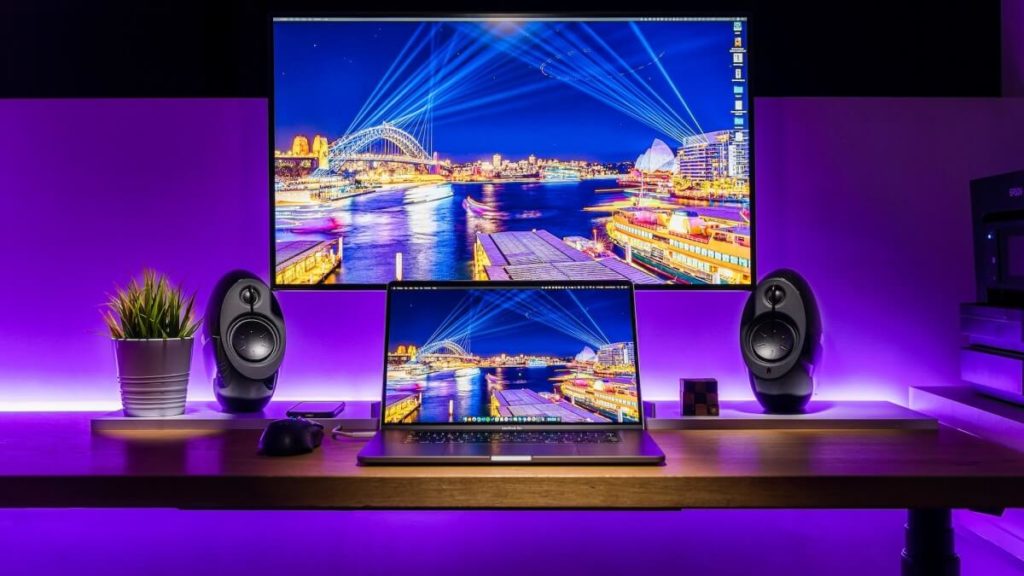
HYPERVSN 3D Catalog
USD 1,200
Qty

HYPERVSN 3D Catalog
USD 1,200
Qty

HYPERVSN 3D Catalog
USD 1,200
Qty
Cart Subtotal:
USD 3,600

HYPERVSN
Marketing Department
Audio visual products are devices or systems that combine sound and images to create an immersive sensory experience. We use them for various purposes, such as entertainment, education, communication, art, and business.
Audio visual technology is constantly evolving and creating new possibilities. In this blog post, we will explore some of the audio visual products of the future that are expected to emerge or become more popular in the next few years.
Spatial audio is a technology that creates a realistic and immersive sound experience by simulating the direction, distance, and movement of sound sources in a 3D space. Spatial audio can enhance various applications, such as virtual reality, gaming, music, podcasts, and video conferencing. For example, spatial audio can make you feel like you are in the same room with your remote colleagues or friends, or like you are surrounded by a live orchestra or a cheering crowd.
Augmented reality (AR) is a technology that overlays digital information or objects onto the real world, enhancing your perception of reality. AR can be used for various purposes, such as entertainment, education, shopping, navigation, and social media. For example, AR can let you try on clothes or furniture virtually, learn about historical landmarks or artworks, play interactive games, or share your experiences with others.
Virtual reality (VR) is a technology that creates a fully immersive and simulated environment you can interact and explore using headsets and controllers. VR can provide various experiences, such as entertainment, education, training, therapy, and socialization. For example, VR can let you watch movies or concerts in 360 degrees, learn new skills or languages, practice public speaking or surgery, overcome phobias or trauma, or meet new people or old friends.
Touchless technology allows you to interact with devices or environments without physical contact, using gestures, voice commands, facial recognition, or sensors. Touchless technology can improve convenience, safety, hygiene, and accessibility. For example, touchless technology lets you control your smart home devices, access your office building, pay for purchases, or unlock your car.
Remote monitoring and maintenance is a technology that allows you to monitor and manage your audio visual systems from anywhere using a cloud-based platform or an app. Remote monitoring and maintenance can save time, money, and resources by reducing the need for on-site visits, troubleshooting issues remotely, optimizing performance, updating software automatically, and providing analytics and reports.
Remote monitoring and maintenance is expected to become more essential and beneficial as audio visual systems become more complex and diverse.
Holograms are images that appear to be three-dimensional and can be viewed from different angles without special glasses or other devices. Holograms can create a sense of presence and realism that other forms of media cannot. We can use holograms for various purposes, such as entertainment, education, communication, and advertising.
These are just some examples of how audio-visual technology is evolving and creating new possibilities for our digital experiences. As technology advances, we can expect more innovations and breakthroughs in audio-visual technology that will enrich our lives and transform our world.




subscribe

USD 1,200
Qty

USD 1,200
Qty

USD 1,200
Qty
Cart Subtotal:
USD 3,600☎️